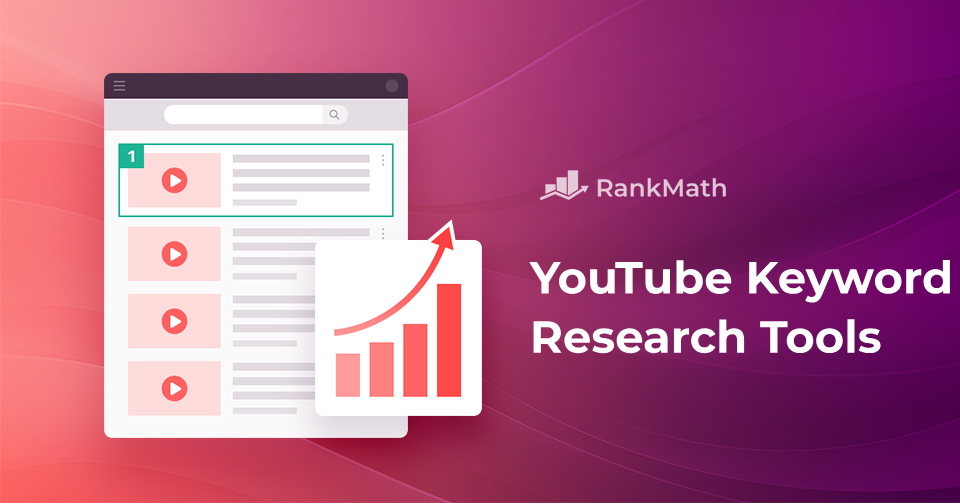
Each month Oracle provides “What’s New” publications describing new features across the EPM Cloud stack. Within this publication, Oracle also provides notices about important changes either applied to that month’s release or planned for the future (the intent being to give customers ample time to plan for & address the change). We highly recommend service administrators reviewing these each month to mitigate any negative impact to normal operations. April’s release contains numerous items, but we thought it best to provide a synopsis of those which are key for customers to be aware of.
Support for Non-Redwood Themes is Ending
Oracle plans to no longer support non-Redwood themes across the EPM applications starting around the end of this year. This means that future new features on Oracle’s roadmap will only be supported within the Redwood theme.
Some important aspects to note include the following once support officially ends:
- Service Requests will only be addressed for applications using the Redwood theme.
- If customers submit a SR without using the Redwood theme, Support will require the issue to be reproduced on the Redwood theme before taken additional action.
- Once existing customers make the switch to Redwood, they will not be able to switch back to non-Redwood themes
- All EPM solutions are affected- Planning, Close, Tax, Profitability, FreeForm, Account Reconciliation, Narrative Reporting, Enterprise Data Management
For those unfamiliar with the theme, we highly recommend spending a few minutes watching Oracle’s YouTube overview on the Redwood Theme.
Next Generation of Forms and Dashboards is Coming
In the very near future (within next 6 months per Oracle), new Forms and Dashboard functionality will be available for Enterprise Profitability and Cost Management, Financial Consolidation and Close, FreeForm, Planning, Planning Modules, and Tax Reporting. Oracle is referring to this future enhancement as “Forms 2.0” and “Dashboards 2.0”. Oracle’s goal is to utilize Oracle JET technology and provide performance enhancements along with expanded visualization features.
Note: Redwood theme is required for using new features within Forms 2.0 and Dashboards 2.0.
While the specifics aren’t yet widely available, below are a few key aspects of this new generation of Forms & Dashboards:
Forms 2.0 features:
- Forms runtime-only improvements
- Usability improvements
- Better scalability and enhanced performance
- Greater consistency between Web forms and Smart View forms
- Easily switch from Forms 1.0 to Forms 2.0 and back using an application setting
Dashboards 2.0:
- Introduces a new Grid chart type which renders Forms 2.0 inside Dashboards 2.0
- New URL and Commentary types of Dashboard objects
- Custom formatting of titles and support for background colors in URL, Commentary, and Grid objects
- New user interface for associating business rules
- Ability to display multiple Gauge, Pie, and Doughnut charts inside one Dashboard object
- New menu options for opening and editing forms directly from the Dashboard
- New Information icon for the Dashboard and all Dashboard objects
- Ability to easily convert 1.0 Dashboards to 2.0 individually and at the folder level on the Dashboards listing page
Errors and Warnings Diagnostics Will Be Required
Business rules within Financial Consolidation and Close, FreeForm, Planning, Planning Modules, and Tax Reporting can make or break an application. Oracle’s Calc Manager feature provides a great ability to troubleshoot rules with Errors and Warnings diagnostics. But it’s not uncommon for users to ignore errors/warnings when working with new rules. In an upcoming release, the Calc Manager will require the execution of the Errors & Warnings diagnostics prior to launching, validating, or deploying a new rule (existing rules will not be impacted). This will be quite a change in behavior for those of us who are great at writing rules, but is definitely a benefit to help ensure we all optimize rules and avoid errors!
Valid Intersections Enforcement on Financial Reporting
Beginning with May’s update (23.05), Valid Intersections will apply to FR reports resulting in users receiving an error message. Users will need to select a valid selection of members in the POV to avoid the error. It should be noted, that since FR will eventually being end-dated, there are no plans for filter POV members based on valid intersections. We suggest that customers review their Valid Intersections and inform the business users of this upcoming change in order to avoid issues when running reports (and to make any necessary modifications to existing Valid Intersections definitions).
Have questions about these or any other upcoming changes to Oracle EPM? Contact us or comment below!



